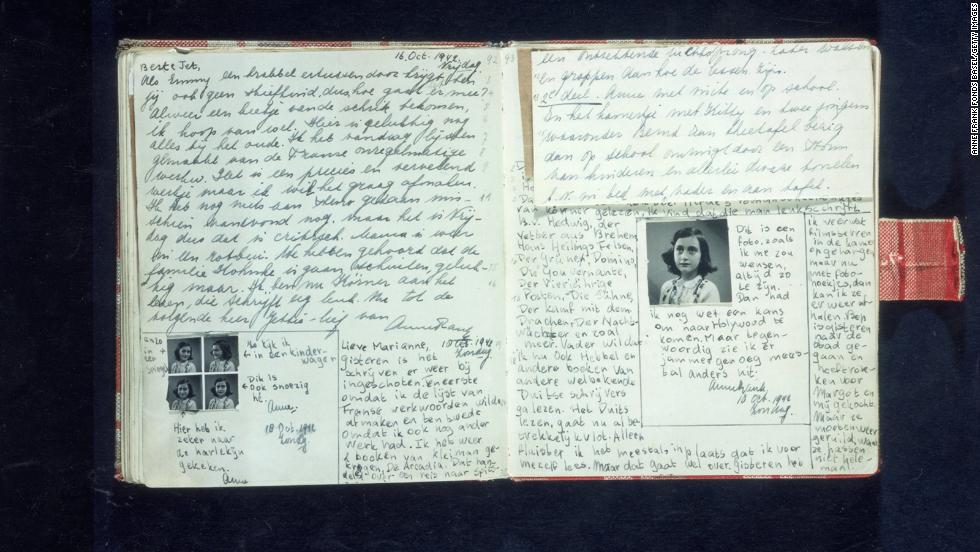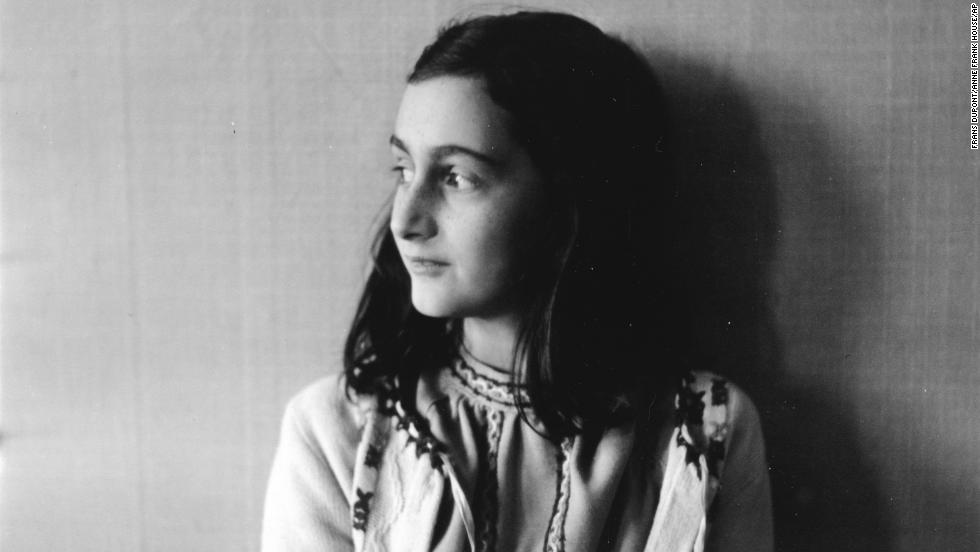An Enduring Mystery of Deadly Betrayal
"The bottom line is until this day, there is nothing that's really held water or been definitive."
"The point of the investigation is fact-finding just to discover the truth. There is no statute of limitations on the truth."
"It's because we're using artificial intelligence, because we're casting such a broad net [that another betrayal of Jews to the Nazis was identified]."
"I know of one instance we've found -- and we're looking hard at another one. We've only scratched the surface."
Vince Pankoke, former FBI investigator
"There is, of course, all possible types of administration done by the Germans of the time."
"And there is an even bigger circle of circumstantial evidence. What [Dutch Nazi party] members were in the neighbourhood? What connections were with the Gestapo? Where were Gestapo agents living?"
"To find that kind of information you have to go through millions of documents."
Thijs Baynes, filmmaker, Proditions Media, Netherlands
 |
Anne Frank was sent to a concentration camp after her family was discovered by the Gestapo.
|
For 75 years investigative authorities have made attempts to discover who it might have been who led the Nazis to the Frank family's hiding place in Amsterdam, in the building her family had conducted their pre-war business within. Now, a team of 20 researchers, data analysts and historians has been assembled to attempt to conclude the mystery representing "one of the biggest cold cases", as Vince Pankoke calls it, of the 20th Century.
Specialized software has been assembled capable of cross-referencing documents in their millions consisting of police reports, lists of Nazi spies, investigative files, all in a concerted effort to reveal connections and possibly new leads to uncovering this mystery. To that end, Proditions Media, which had persuaded Mr. Pankoke as a former FBI investigator with long years of service behind him in intelligence, to lead their search. To which end public donations funding the project have been requested.
Before the Frank family's hiding place in chambers behind a movable bookcase was discovered, they spent two years in that secret annex behind her father's store. In 1944 their haven was raided and they were sent to concentration camps where seven of the eight family members were murdered. Anne herself died at Bergen-Belsen camp in Germany, victim of a typhoid epidemic, when she was 15 years old. Her father Otto was the only survivor.
 |
| Pages with text and photos from Anne Frank's diary, written in 1942 |
The annex where the Frank family hid was visible from nearby homes so that if they unintentionally revealed their presence by loud noises, or made themselves visible beside a disturbed curtain the danger was intensified. Counterfeit food-ration coupons were used to obtain food to keep them alive with the aid of sympathetic collaborators. The issue of false food-ration coupons was one that consumed the interest of police.
This, at a time that Dutch officers gained financial benefit for every Jew turned over to the Nazis.
Anyone suspected of helping Jews did so with the knowledge that if their actions were discovered violence would be turned against them.
A computer designed by the data company Xomnia, capable of processing information in seconds that would take a human decades to peruse, represents a vital tool in this new initiative of discovery. Documents from microfilm in Amsterdam and the National Archives facility near Washington, represent a significant proportion of the investigative work.
Late last year, Anne Frank House published a paper alluding to three men that Otto Frank had identified, that they were investigators assigned to track people guilty of ration card fraud, or evading military service. That they may have uncovered the existence of the Frank family as an accidental, not deliberate discovery.
Theories therefore abound; the hope is that a conclusion of significance may be reached. Ultimately the search and its conclusion is meant to be a podcast subject, and perhaps even a documentary.
 |
| The Diary of Anne Frank has been translated into over 70 languages in 60 countries |
The fact is betrayals were endemic to each of the societies where Jews were hunted and gathered and shipped to death camps to fulfill Nazi Germany's master plan to exterminate European Jewry. Police in France, Poland, Lithuania, Ukraine and indeed throughout Europe, east and west, often behaved in sympathy synchronizing their actions to prove to their Nazi masters they they were at least as zealous in unearthing the presence of Jews hopelessly attempting to find refuge.
It is just that one little girl left a living record of the fears and hopes that bloomed in her psyche, recounting the experiences, day-to-day, of her family, forced to hide for years from detection of their secret place of haven, aided and abetted by loyal and courageous helpers. Anne Frank's touching diary of a young girl facing the adversity of a force assembled to obliterate her, her family and all other Jews of Europe touched the hearts of people who read it after publication and wide dissemination.
So her description made one victim of genocide stand out for all the human traits that all humanity manifests in the universal struggle for survival against malevolent odds balanced against that survival instinct. She became the face, the mind and the searing hope exemplified through the fate of millions of Jews slated for brutal death at the hands of master manipulators, those who believed they represented a super Aryan race whose destiny as overlords depended on the extermination of sub-humans, like Jews.
And because she became the embodiment of the struggle to survive and the failure to do so because of one more of countless betrayals, the search for her family's betrayer grips the public imagination. That after all her family suffered through, their destiny was to die as millions like them did, has greater significance because her diary identified her personally and people were able to empathize with her and her family; they were not faceless, nameless, friendless, anonymous.
 |
| Anne Frank in 1941. Her diary represents many young peoples' discovery of the Holocaust. |
Labels: Anne Frank, Holland, Holocaust, World War II
0 Comments:
Post a Comment
<< Home